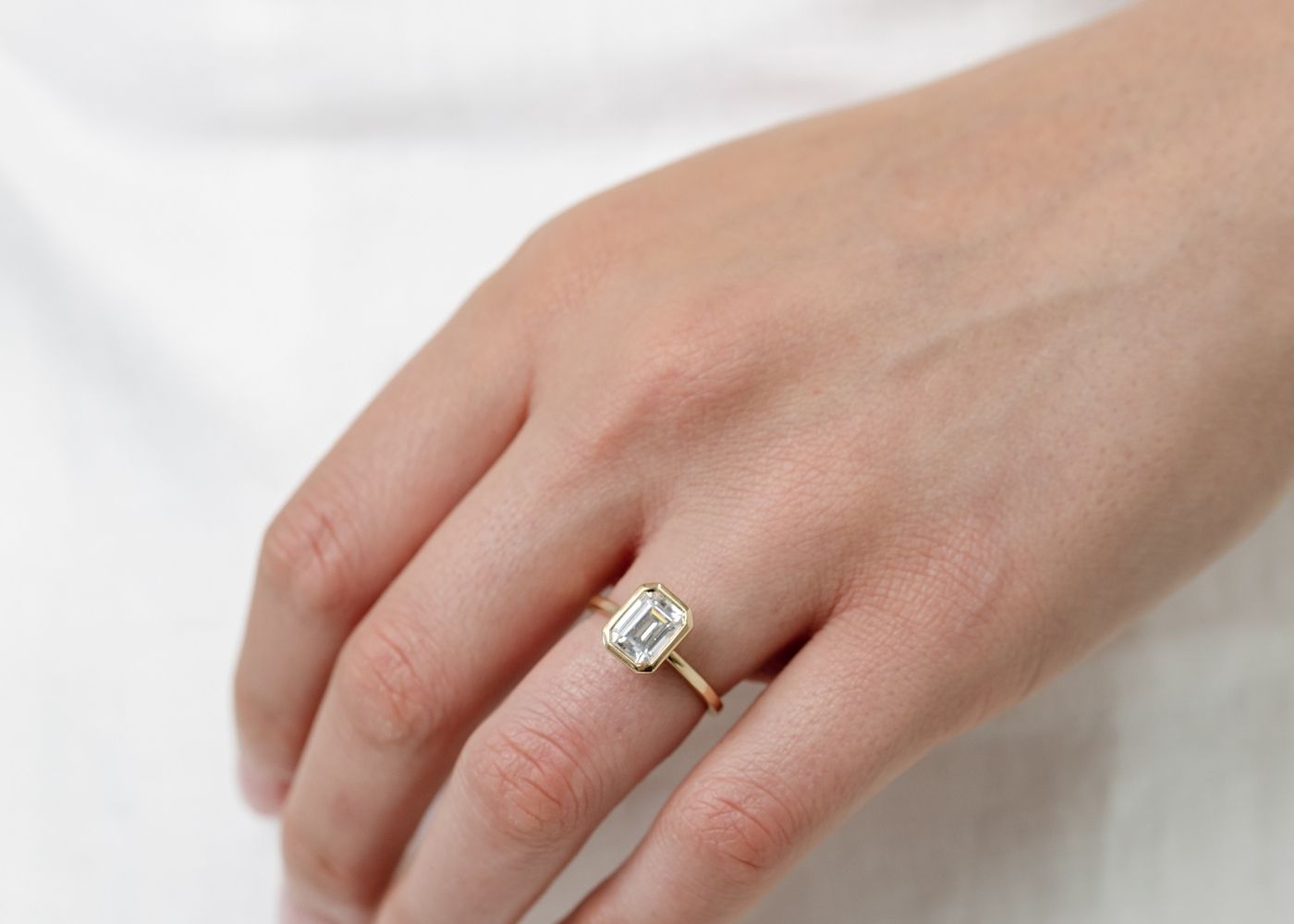Lapis lazuli
Sources and Production of Lapis Lazuli
- Mines in northeast Afghanistan are a major source of lapis lazuli.
- Important amounts are also produced from mines west of Lake Baikal in Russia.
- The Andes mountains in Chile are another source, used by the Inca to carve artifacts and jewelry.
- Smaller quantities are mined in Pakistan, Italy, Mongolia, the United States, and Canada.
- The Sar-e-Sang mine in Afghanistan is renowned for its lapis lazuli deposits.
- The mining process involves extracting the gemstone from the host rock and then cutting and polishing it.
- Lapis lazuli is also found in other countries such as Russia, Chile, and the United States.
- The market potential of lapis lazuli as a blue mineral pigment has been explored in research studies.
Composition and Properties of Lapis Lazuli
- The most important mineral component of lapis lazuli is lazurite, a blue silicate mineral.
- Lapis lazuli also contains calcite (white) and pyrite (metallic yellow).
- Lazurite is the main mineral component of lapis lazuli.
- Lapis lazuli also contains calcite, pyrite, and other minerals such as augite, diopside, and mica.
- Lapis lazuli has a hardness of 5.5 to 6 on the Mohs scale.
- The gemstone is known for its opaque appearance and occasional golden flecks of pyrite.
Historical Significance and Cultural References
- Lapis lazuli has been mined in Afghanistan since the Neolithic age.
- It was used by ancient civilizations such as the Egyptians, Persians, and Mesopotamians for seals, jewelry, and ornaments.
- Lapis lazuli was a favorite stone for amulets and scarabs in ancient Egypt.
- It has been found at archaeological sites in Mesopotamia and Iran.
- Lapis lazuli was also used by the Mycenaeans and mentioned in ancient texts such as the Epic of Gilgamesh.
- Lapis lazuli was often called sapphire in late classical times and the Middle Ages.
- Theophrastus described lapis lazuli as a speckled stone with gold.
- Lapis lazuli was used to decorate ancient artifacts in various cultures throughout history.
Art and Craftsmanship
- Lapis lazuli was historically ground into ultramarine pigment for use in paintings.
- Synthetic varieties of ultramarine became available in the 19th century, replacing the use of lapis lazuli as a pigment.
- Lapis lazuli was used as a pigment to create the color ultramarine in paintings.
- The composition of lapis lazuli was studied by Cennino Cennini, an Italian painter, in the 14th century.
- Lapis lazuli has been used in the creation of jewelry, sculptures, and decorative objects.
- The color and beauty of lapis lazuli have made it a popular choice for artistic creations.
- The craftsmanship of lapis lazuli can be seen in intricate carvings and sculptures.
Symbolism and Beliefs
- Lapis lazuli has been associated with various symbolic meanings, including truth, wisdom, and inner peace.
- In ancient civilizations, lapis lazuli was believed to have healing properties and was used in medicinal remedies.
- The stone was also associated with spiritual and religious beliefs.
- Lapis lazuli has been used as a talisman for protection and to enhance spiritual awareness.
- The deep blue color of lapis lazuli has been admired and revered throughout history for its beauty and symbolism.
Lapis lazuli Data Sources
| Reference | URL |
|---|---|
| Glossary | https://harryandcojewellery.com.au/blogs/glossary/lapis-lazuli |
| Wikipedia | http://en.wikipedia.org/wiki/Lapis_lazuli |
| Wikidata | https://www.wikidata.org/wiki/Q216798 |
| Knowledge Graph | https://www.google.com/search?kgmid=/m/0c51n |





